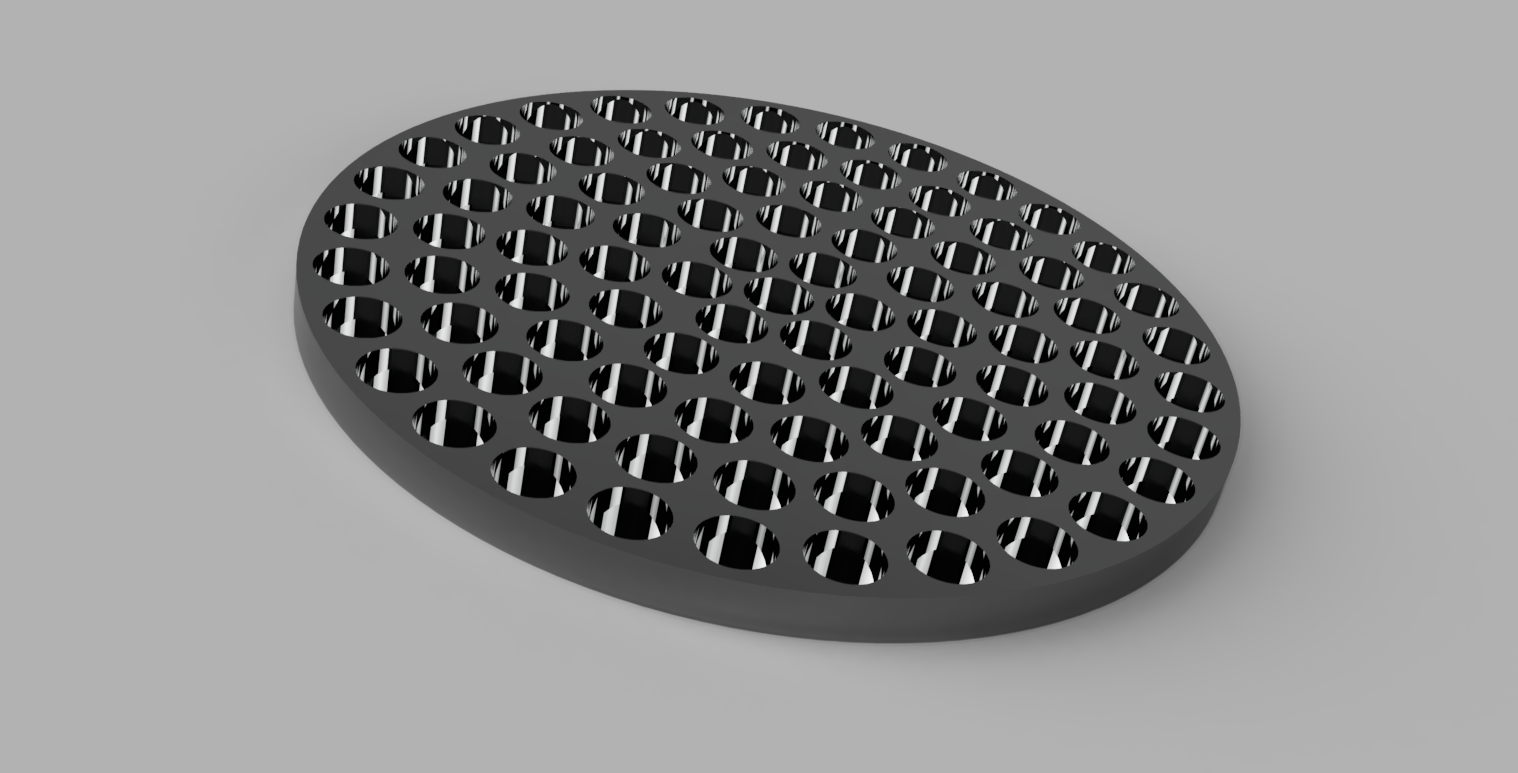I seem to have a lot of Pyrex mirror blanks on hand and grinding it all into mirrors at the current size seems a bit of a waste. Most of it is thicker than it needs to be – for example:
(1) 24″ x 2″ (oblate ellipsoid)
(1) 12.5″ x 3″ (perforated, unknown shape)
(2) 10″ x 2″ (oblate spherical)
The 24″ is obviously for a bucket list class telescope but as you could see from prior postings it’s flawed in several ways – damage to the disk and attendant stresses to the Pyrex means it needs to be re-annealed in a kiln. Investigations have shown that this will be much the same price as a new disk if I send it to be re-annealed by Andre Taillon at BVCTek, so not much point. However, can I do it myself?
The current plan is to cast a kiln from refractory concrete (like this video) using a 7/7/2/4 mix of perlite/vermiculite/cement/sand. I managed to gain spousal acceptance of the plan by making the kiln multi-purpose. When not melting glass, look it’s a backyard fire pit!
I would put down cement slabs over a sand base larger than the diameter of the kiln, and cast the kiln with wood forms on the slabs. To make life easier the form would be square and to make it look nice tapering to the top. The lid of the kiln would be the same material cast as a single unit with rebar in it to support it’s weight. It would have three steel eyes welded to the metal and would be raised with an engine lift. Similarly moulds would be slightly undersized and including eyes to hoist out of the kiln without disassembling it. Heating elements would be coils of kiln elements laid in circles around the perimeter of the kiln, resting on firebrick on top of ceramic wool insulation over more perlite insulation powered by a 240v ramp/soak controller (custom built from a Raspberry Pi using this software).
Since I’m casting the kiln, I’m hoping I can cast a mould for “slumping” the mirror blank (not quite melting it but heating it enough that it slumps over a curved mould to take on the shape of the mould) as well out of the same material. My thought is to create a mould that would sit on the bottom of the kiln in different configurations, for example a 24″ F/3.3 for the 24″ along with perhaps with a pair of 12″ F4 mirrors and a pair of 10″ F4 mirrors to start since I have all that glass on the shelf already needing to be slumped (assuming I don’t make the glass into larger blanks, as below). Current thinking about the moulds is to create a 2D form in plywood and rotate with a jig to approximately form the shape, then fine tune with a finer refractory cement. Alternatively make a negative mould out of finer refractory cement and embed it in wet cement. Some experimentation required! This sort of model means I can have moulds for a variety of configurations to do slumps for other folks en masse (eg a mirror making class for my local RASC Centre) for example 9 x 8″ etc. Every time I look on Kijiji there are glass table tops etc. suitable for cutting into mirror blanks and slumping to shape.
Since my 24″ mirror is 2″ thick, it’s possible it can actually be melted into a larger mould to make a larger mirror by creating inserts into where the glass normally would be, creating a lightweight mirror blank. I’m figuring I can actually create a 1m mirror blank by moulding in 89 3″ x 1″ inserts, per the following calculation:

This would then still be a 50.8mm (2″) thick disk but could be cast to 1m (39.37″) in diameter. That would be a bucket list telescope all right!

